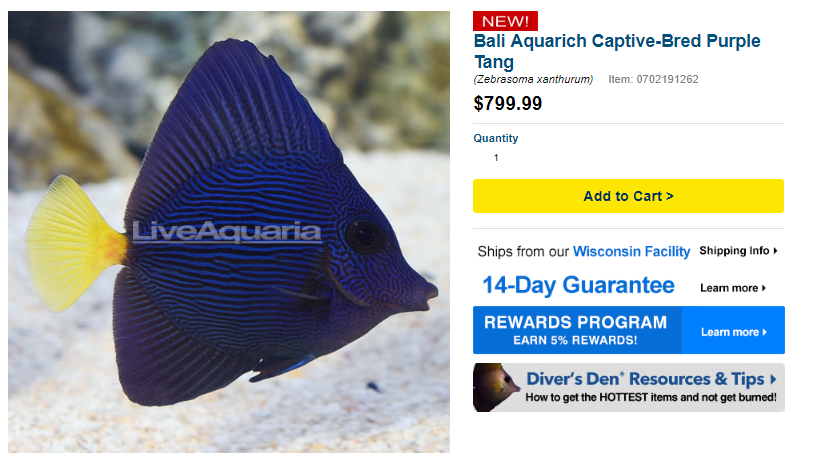- Joined
- Feb 19, 2007
- Messages
- 1,751
- Reaction score
- 1,011
Its funny - on the further end of the spectrum, PETA feels that keeping all aquaria is 'not environmentally friendly - nor ethical'. So - they would not support 'captive breeding'. I would suggest as did @Hemmdog that people pretending that captive breeding is 'the only solution' will be surprised 20 years from now. At that point - captive breeding and keeping fish in general will probably be extremely restricted - if allowed at all. Look at the movement to close zoos in this country.
It's not environmentally friendly and never will be unless somehow aquarists can play a big part in rebuilding and helping reefs. The whole being a human thing isn't very environmentally friendly... We are the ultimate invasive species










![IMG_0046[1].JPG IMG_0046[1].JPG](https://www.reef2reef.com/data/attachments/1177/1177341-f8b751c8ef901ee089af945654c5b656.jpg)
![IMG_0048[1].JPG IMG_0048[1].JPG](https://www.reef2reef.com/data/attachments/1177/1177342-bc46a2818f44cc8b0828b0bb3c7f5775.jpg)
![IMG_0051[1].JPG IMG_0051[1].JPG](https://www.reef2reef.com/data/attachments/1177/1177343-f258694fbe9af0166e18e709ea0562dc.jpg)









